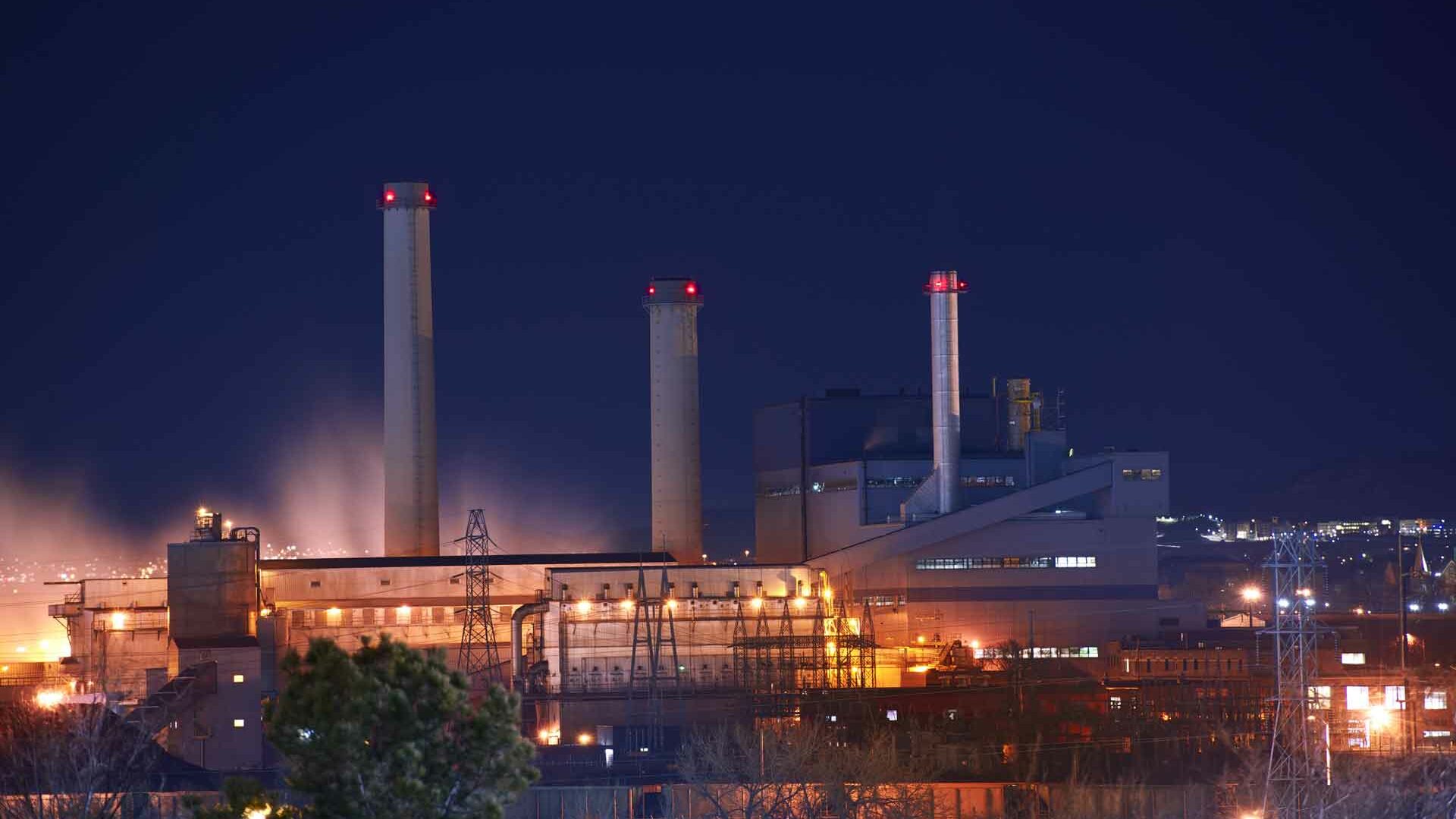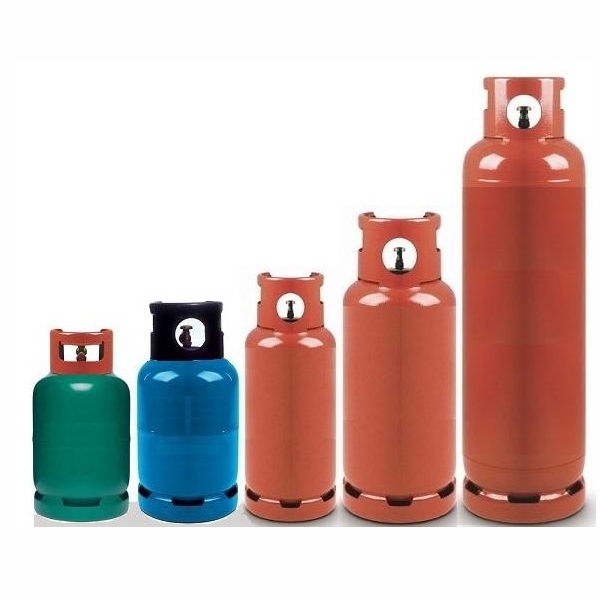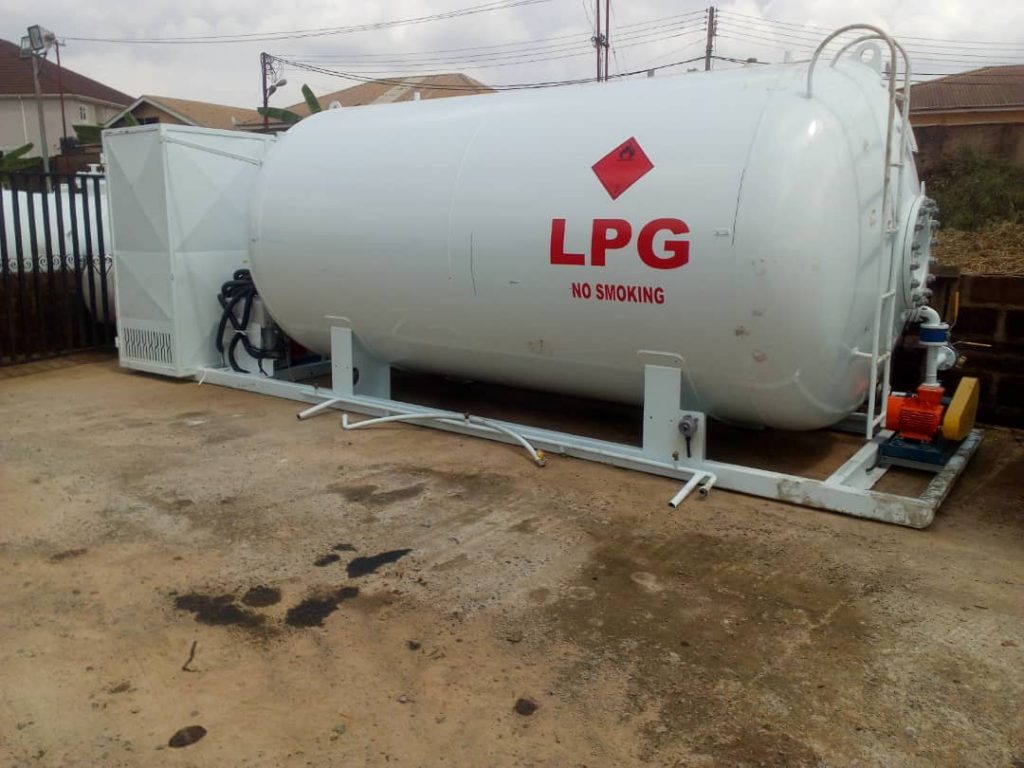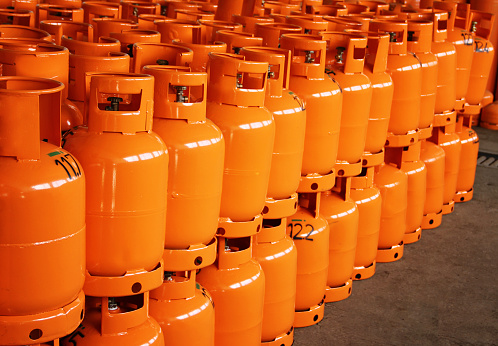- NNPC signs $700m oil exploration agreement with Schlumberger, First E&P
Ejiofor Alike in Lagos and Chineme Okafor in Abuja with agency report
Nigeria’s crude oil output is expected to rise by 226,000 barrels per day, as the Shell Petroleum Development Company (SPDC) has lifted the force majeure declared on exports of Bonny Light, Nigeria’s reference crude oil grade.
This follows the completion of repairs of the Nembe Creek Trunk Line (NCTL) by operator, Aiteo Eastern E & P Company Limited.
The development was a boost to efforts on the recovery of Nigeria’s crude production heavily impacted by militancy in the Niger Delta, a situation that prompted the Organisation of Petroleum Exporting Countries (OPEC) to exempt the country from the production cuts, which the cartel has extended until March 2018.
This is coming as crude oil prices rose to a two-week high Thursday, extending a rally into a sixth straight session after a decline in weekly U.S. production eased concerns about deepening oversupply.
The six-day bull-run is the longest since April, which ended with oil price hovering around $51 per barrel.
With the lifting of the force majeure on Bonny Light, Nigeria’s crude export will exceed 2 million barrels per day, as the export of the Bonny grade is set to reach 226,000 barrels per day in August, up from 164,000 bpd in July, according to the loading schedules.
A Shell spokesman, Mr. Bamidele Odugbesan, confirmed to THISDAY Thursday that “the force majeure on Bonny Light exports was lifted effective 12:00hrs (Nigerian time) on Wednesday, June 28, 2017 after the repair of the sabotage leak”.
The 600,000 barrels per day capacity, 100-kilometre NCTL built by SPDC and commissioned in 2010, feeds the Bonny export terminal in Rivers State.
SPDC sold the pipeline and Oil Mining Lease (OML) 29 to Aiteo in 2015 as part of its divestment programme for onshore assets in the Niger Delta.
NCTL and the Trans-Niger Pipeline (TNP) remain the two major pipelines used by SPDC and some other producing companies to evacuate crude from the eastern Niger Delta to the export terminal.
Before the downward slide in prices, oil had traded at a 2017 peak of $55 per barrel in 2017.
Prices recently slipped to the lowest in 10 months but have since rebounded more than 7 per cent, stretching their bull-run to the longest since April.
Reuters reported that the global benchmark, Brent crude futures were up 35 cents Thursday at $47.66 a barrel, having touched a two-week high of $47.83 earlier in the session.
U.S. West Texas Intermediate (WTI) crude was up 33 cents at $45.07 a barrel, after registering an intraday high of $45.24, also a two-week peak.
U.S. government data showed on Wednesday that domestic crude production dropped by 100,000 barrels per day (bpd) to 9.3 million bpd last week, the steepest weekly fall since July 2016.
Reuters quoted some analysts and traders as saying that the decline was related to temporary factors such as the shutdown of some oil production sites due to Tropical Storm Cindy in the Gulf of Mexico and maintenance in Alaska.
Global oil supplies remain ample despite output cuts by OPEC and other producers by 1.8 million bpd since January.
OPEC and its allies, trying to reduce a crude glut, agreed in May to extend the supply cut through March 2018.
OPEC exempted Nigeria and Libya from the curbs due to unrest that has sapped these countries’ production.
Meanwhile, the Nigerian National Petroleum Corporation (NNPC) has signed a tripartite agreement with two firms – Schlumberger and First Exploration and Production (E&P) – to produce and add up to 193 million barrels of crude oil and 800 billion cubic feet of gas to Nigeria’s oil and gas reserves.
The corporation said in a statement Thursday from its spokesman, Mr. Ndu Ughamadu, in Abuja, that under the agreement, Schlumberger would provide more than $700 million for the development cost of the Anyala and Madu fields in the Niger Delta under Oil Mining Licences (OML) 83 and 85, offshore Nigeria.
NNPC explained that the development was part of its plan to grow Nigeria’s crude oil reserves to 40 billion barrels by the year 2020. It noted that it was a major boost to attain the target.
According to it, the Anyala and Madu fields would in turn add 193 million barrels of crude oil to the current reserves of 37.2 billion barrels and an additional 800 billion cubic feet of gas to the nation’s proven gas reserves, currently put at 197 trillion cubic feet.
In terms of daily production, NNPC said the fields would produce up to 50,000 barrels of crude oil per day and 120 million standard cubic feet of gas per day by early 2019.
The statement quoted its Group Managing Director, Dr. Maikanti Baru, as saying at the signing ceremony that the development was an innovative approach to funding joint venture operations in response to the challenging economic environment.
Baru explained that the approach was novel and aligned wholly with the government’s aspiration to increase crude oil and gas production, reserves growth and monetisation of Nigeria’s enormous gas resources.
He added that apart from serving as a test case for future funding mechanism, the approach was in sync with the realisation of the corporation’s 12 Business Focus Areas (BUFA) which he said would ramp up crude oil production and reserves growth, amongst others.
Baru further stated that the projected increase in gas output would be useful to the corporation in its bid to sustain gas supply to existing electricity generation plants in the country, as well as other planned power projects billed to come on board within the period.
The Managing Director of First E&P, Ademola Adeyemi-Bero, who signed on behalf of his firm, stated that the partnership would infuse a novel asset development model which combines his company’s local knowledge and market position as an indigenous operating company, with Schlumberger’s financing and broad technical capabilities.
Adeyemi-Bero added that the joint project team would strengthen his company’s project delivery abilities and the model would offer the upstream sub-sector a credible alternative, funding and technical partnership model for growing production and adding reserves.
Vice-President of Schlumberger, Patrick Schorn, who signed on behalf of his company, traced the advent of the multinational oil field service provider in Nigeria to the first commercial oil find in Oloibiri in the 1950s when Schlumberger played a role in Shell’s drilling effort.
Schorn noted that the partnership with NNPC and First E&P would provide Schlumberger the opportunity to leverage on its reservoir knowledge, oilfield services, and project management expertise to lower development costs and maximise value for the partners.
NNPC equally explained that the OMLs 83 and 85 are in shallow waters, 40 kilometres offshore the Niger Delta, with the corporation holding 60 per cent interest in the licences, while First E&P, the operator of the joint venture, holds the remaining 40 per cent.
It noted that apart from providing funding for the development of the fields, Schlumberger would also provide other oilfield services to the joint venture on a limited exclusive basis.
It added that a joint project team would be established to drive technology transfer whilst leveraging on the global technical expertise of Schlumberger and the extensive local knowledge of the partners.




